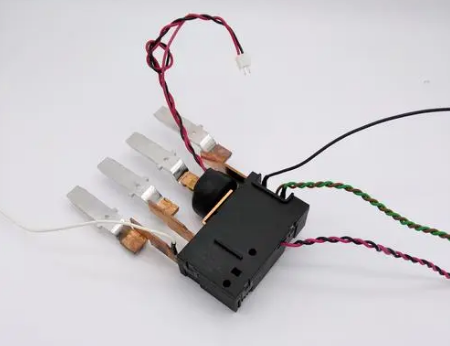latching relay in future
Closing relay, also known as interlock relay, is an essential component in various industries, ensuring safe and efficient operations by controlling power circuits. As we envision the future of closing relays, there are several key directions that hold great potential for advancement.
Firstly, integrating advanced sensor technologies into closing relays can enhance their functionality and responsiveness. By incorporating sensors such as temperature, pressure, and vibration sensors, relays can monitor the operating conditions in real-time and provide timely feedback to prevent potential faults or malfunctions. This not only increases the reliability of the relays but also enables proactive maintenance and system optimization.
Secondly, the application of artificial intelligence (AI) and machine learning algorithms can revolutionize the capabilities of closing relays. By leveraging data analytics and pattern recognition techniques, relays can learn from historical performance and predict potential failures with greater accuracy. This predictive capability allows for preemptive actions, reducing downtime and optimizing system performance.

Furthermore, improvements in miniaturization and energy efficiency are crucial for the future development of closing relays. Advancements in semiconductor technology and design can enable the creation of compact and energy-efficient relay systems. This will lead to reduced space requirements, lower power consumption, and increased flexibility in installation, making them more suitable for integration into modern industrial systems.
Moreover, the incorporation of communication protocols and networking capabilities can transform closing relays into interconnected components of larger control systems. By embracing standard protocols and interfaces, relays can seamlessly communicate with other devices and systems, facilitating information exchange, remote monitoring, and centralized control. This enhanced connectivity unlocks opportunities for intelligent automation and improves the overall operational efficiency.
Lastly, the pursuit of enhanced reliability and safety features remains a critical focus for closing relays. Redundancy mechanisms, fault tolerance designs, and self-diagnostic capabilities can be further developed to ensure uninterrupted operation and minimize the risk of system failures.
In conclusion, the future of closing relays lies in the integration of advanced sensors, leveraging AI and machine learning capabilities, miniaturization and energy efficiency improvements, enhanced connectivity, and continuous enhancement of reliability and safety features. By embracing these advancements, closing relays will play an increasingly vital role in enabling safe, efficient, and intelligent operations across various industries.




